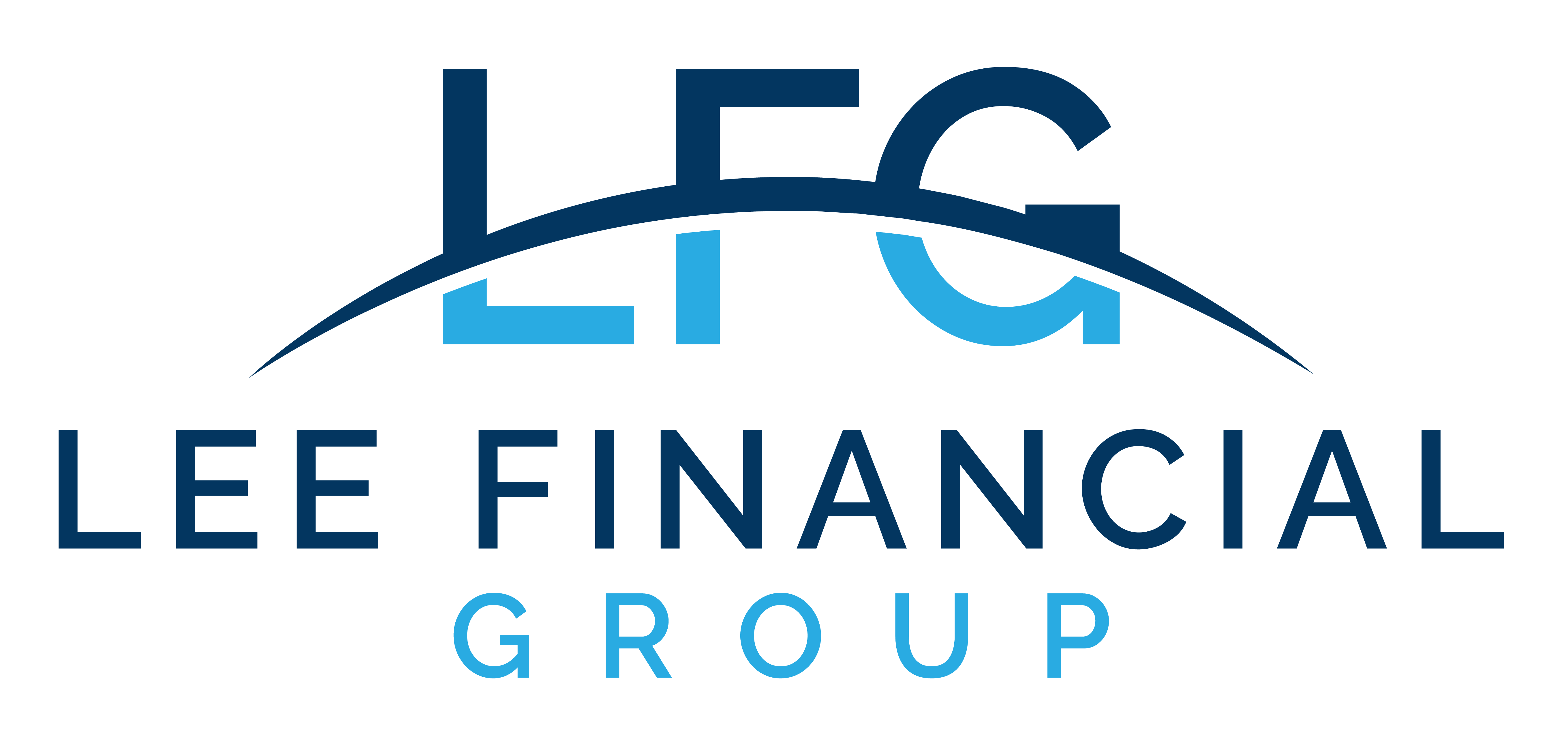Several changes resulting from the SECURE Act and SECURE 2.0 Act in recent years have made inheriting an IRA more complicated. The estate planning and tax advantages conferred by the stretch IRA have been largely discontinued. New strategies and different tax planning are now required.
The stretch IRA was named because the tax code before the SECURE Act allowed account holders to name younger relatives, including even great-grandchildren, as the beneficiary of an IRA. The longer lifespans of these young beneficiaries meant that required minimum distributions (RMDs) could be very small. Taxes would also be minimal, and the bulk of the IRA could continue to grow on a tax-deferred basis.
The stretch IRA has been replaced with a 10-year distribution requirement for the beneficiary.
Understanding the Rules for Spouses
Surviving spouses are advantaged over other types of beneficiaries in that they have the option to roll over the inherited IRA assets into an IRA they already own. They can then treat the assets as their own, and they can delay taking RMDs until they reach the age of 73. They are effectively still able to use the “stretch” IRA strategy. This option applies even if the spouse who was the original owner of the IRA had already reached age 73 and begun taking distributions.
However, if the spouse had begun taking RMDs but did not withdraw the amount necessary before passing, the RMD must still be taken.
The regular rules for an IRA will apply. For example, if you are under age 59 ½, and you wish to take distributions, you will be subject to the 10% early withdrawal penalty.
Surviving spouses also have the option to follow the usual rules for an inherited IRA, which is that the inherited assets are transferred from the owner’s account to a new IRA account in the beneficiary’s name. This option can be useful for spouses under the age of 59 ½ who would like to take distributions from the account, as an inherited IRA does not incur the 10% penalty. If the original owner had not reached the age of 73, RMDs can be delayed until the year in which the spouse who was the original owner would have turned 73.
The inherited IRA account can still be rolled over into the beneficiary’s own IRA once the age of 59 ½ is reached, which means RMDs will start when the beneficiary reaches age 73.
There are a lot of complexities, and each of these options will have different tax implications. The withdrawals are treated as ordinary income, so depending on the entire financial picture minimizing the amount taken each year may be the best course of action. It depends on the total financial picture, the need for funds, and the availability and timing of other retirement accounts and sources of income.
Understanding the Rules for Everyone Else
The SECURE Act carved out another “stretch” exception for heirs who are minor children, chronically ill or disabled, or not more than 10 years younger than the original owner. These are called eligible designated beneficiaries. This group may transfer the assets into an inherited IRA and take RMDs calculated over their longer life expectancy.
This can be an effective option to preserve and grow the account, as the longer life expectancy will result in smaller annual distributions. There are some wrinkles here. The rules are very specific in defining eligibility for disability and chronically ill, and minor children are only allowed the stretch provisions until they reach the age of 21. After the age of 21, the account must be fully distributed in 10 years.
If the heir is not an eligible designated beneficiary, the stretch account is not available and the account must be fully distributed within 10 years after the original owner’s death.
How Can Non-Spouse Beneficiaries Create Tax Efficiency and Preserve Capital?
A smart strategy that looks at overall income and assets to determine a schedule for taking distributions can be more tax-efficient.
For example, timing larger distributions for periods when income is lower will minimize taxes. Taking distributions during market downturns can also be helpful, as you may be able to effectively deploy tax loss harvesting and lower your overall tax bill. Reinvesting these assets at lower asset prices so they can grow as the market recovers can also help preserve the capital over longer periods of time.
If the original account was a Roth IRA, withdrawals will be tax-free, so letting the account compound for as long as possible may be the most effective strategy. Certain conditions must be met, so it’s important to get advice from a professional.
The Bottom Line
Inheriting an IRA is complicated. From determining your beneficiary status to ensuring you take the appropriate RMD in the year of the original owner’s passing, to choosing a transfer or rollover strategy, there’s a lot to get right. It all has implications further down the line, so making decisions based on your overall financial and tax picture, and your long terms goals, makes sense.






What a Weaker Dollar Means for Your Investments